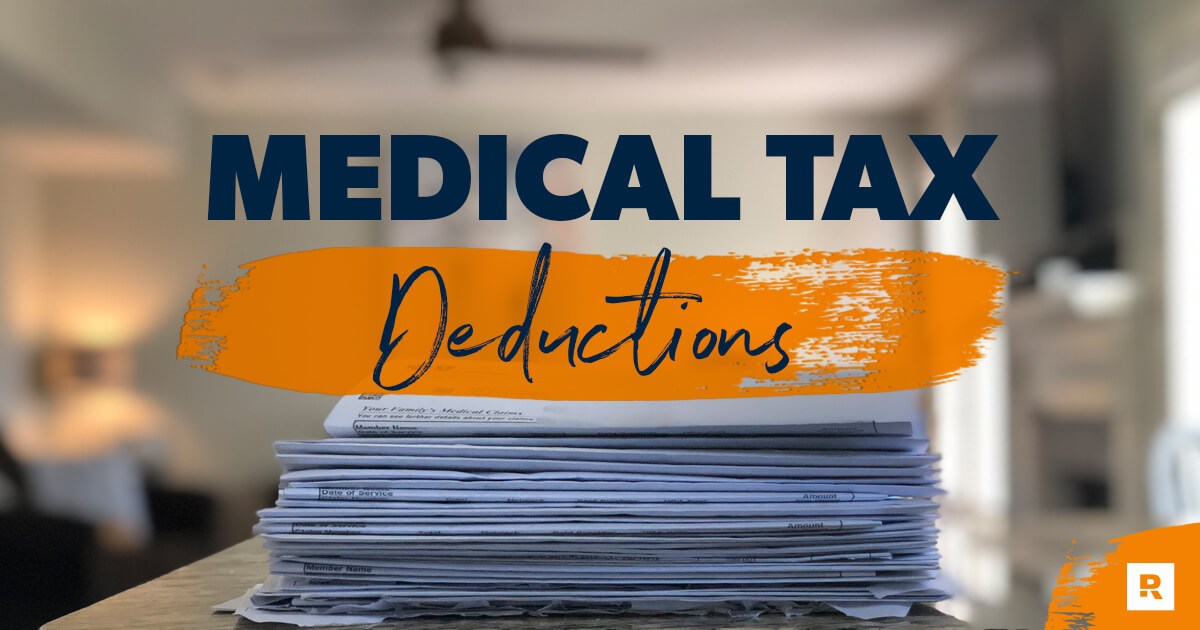As the pandemic continues to wane, traditional employer-sponsored holiday social events have once again become a reality – although, as in all aspects of pandemic life, such events will likely be a hybrid of “virtual” and in-person functions.
Newsletter - Page 13 of 30 - Akler Browning LLP
The worst of the COVID-19 pandemic which began almost three years ago is now (hopefully) behind us. That doesn’t mean, however, that Canadians aren’t still dealing with the unwelcome consequences of the pandemic, in a number of ways.
For individual Canadian taxpayers, the tax year ends at the same time as the calendar year. And what that means for individual Canadians is that any steps taken to reduce their tax payable for 2022 must be completed by December 31, 2022.
For most Canadians, tax planning for a year that hasn’t even started yet may seem too remote to even be considered. However, most Canadians will start paying their taxes for 2023 with the first paycheque they receive in January of 2023, less than two months from now.
Over the past three years, the structure of work-from-home arrangements for employees has been a constantly changing landscape. In 2020, almost all employees who could work from home were required to do so, as most workplaces were closed under pandemic public health lockdown rules.
The majority of Canadians who are not members of an employer-sponsored defined benefit registered pension plan save for retirement through a registered retirement savings plan (RRSP). For those Canadians who have accumulated retirement savings in an RRSP, the year in which they turn 71 is decision time.
While the current state of the Canadian health care system is not without its problems, Canadians are nonetheless fortunate to have a publicly-funded health care system, in which most major medical expenses are covered by provincial health care plans.
Two quarterly newsletters have been added—one dealing with personal issues, and one dealing with corporate issues.
Two quarterly newsletters have been added—one dealing with personal issues, and one dealing with corporate issues.
The fact that Canada is in the middle of a housing crisis isn’t really news to anyone. Whether it’s having difficulty finding an affordable apartment or putting together enough money for a down payment, or coping with ever increasing mortgage interest rates and mortgage payments, housing availability and affordability is a concern for Canadians across all age groups.










